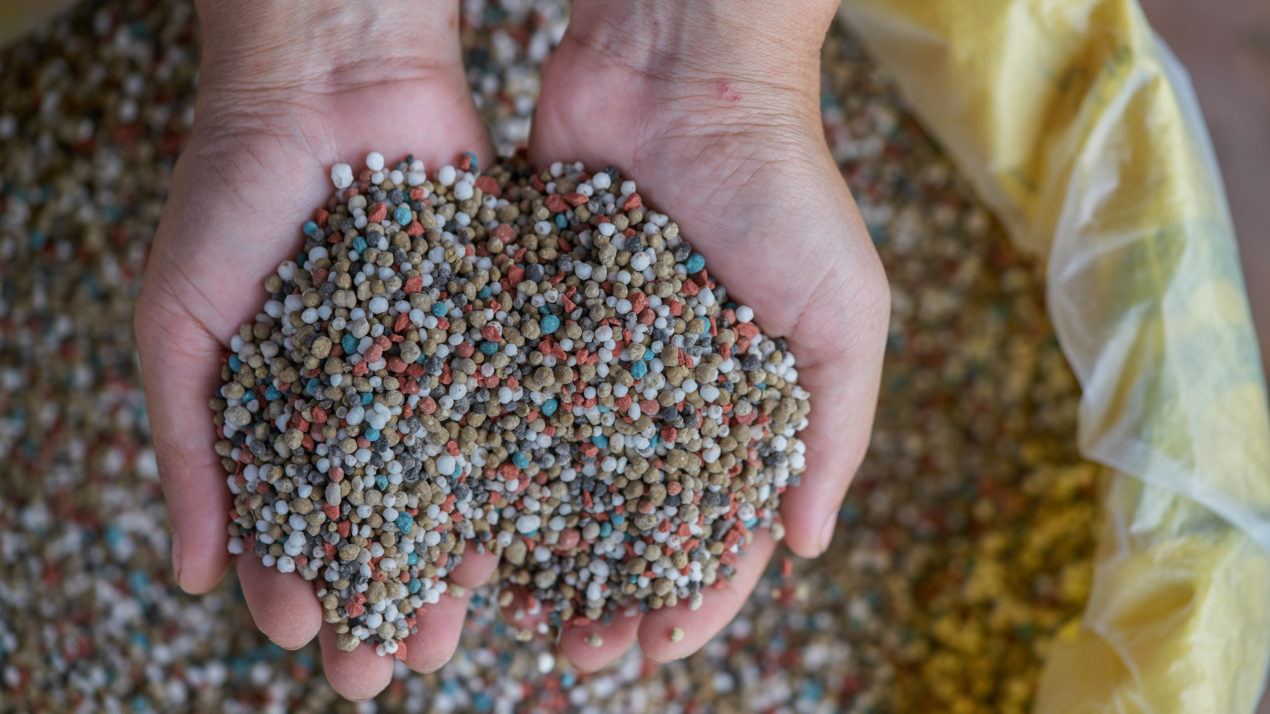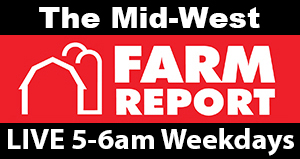
Determining ideal nitrogen rates can be tricky but it is important as it helps farmers to evaluate their management practices. Mike Castellano, agronomy professor from Iowa State University, says that there is a lot of uncertainty about what optimum nitrogen rates are but thanks to advances in precision agriculture, it is getting a little easier.
“Optimum nitrogen rates are incredibly variable from field to field and year to year because they are the outcome of how much of that nitrogen will be lost to the environment and how much nitrogen is the crop going to demand that year,” says Castellano. “Once we account for all those, we can start to better identify the optimum nitrogen rate”
Since we don’t know the optimum nitrogen fertilizer rate until the end of the year, Castellano says his goal is to provide more dynamic recommendations that take into account changes in farmer operations, weather, genetics, environment and management to reduce that uncertainty. You’ll never get the exact rate, but what you can do is reduce the uncertainty and what the rate is.
“In the past, we’ve used nitrogen fertilizer rate trials on university research farms,” explains Castellano. “We have several rates of nitrogen, typically five to seven in replicated plots, and then we measure the yield response as a function of those different nitrogen inputs. Now, going forward with advances in precision agriculture, we can do that exact same work with variable rate application on farmer fields without slowing them down at all.”
The rates are variable as farmers can’t predict exactly the right rate at the beginning of the planting season. But there are genetic and management factors that do push or pull the nitrogen rate in one direction or the other. A good example would be drainage as they need less nitrogen fertilizer, despite getting equal or higher yields than poorly drained soils.
Castellano adds, “A colleague and I have a number of cropping systems decision support tools on the Iowa State Agronomy website. The Soybean Planting Date decision tool, for example, allows growers to select their cropping district, the variety of their planting maturity group, and the planting date and see what the optimum outcome is there in terms of yield.”
He is also working to develop similar tools for nitrogen. While this work may be happening in Iowa, there’s a lot of overlap as certain management practices will affect the optimum nitrogen rate, particularly directionally, the same way whether it’s in Wisconsin or across the border in Iowa.

Leave a Reply